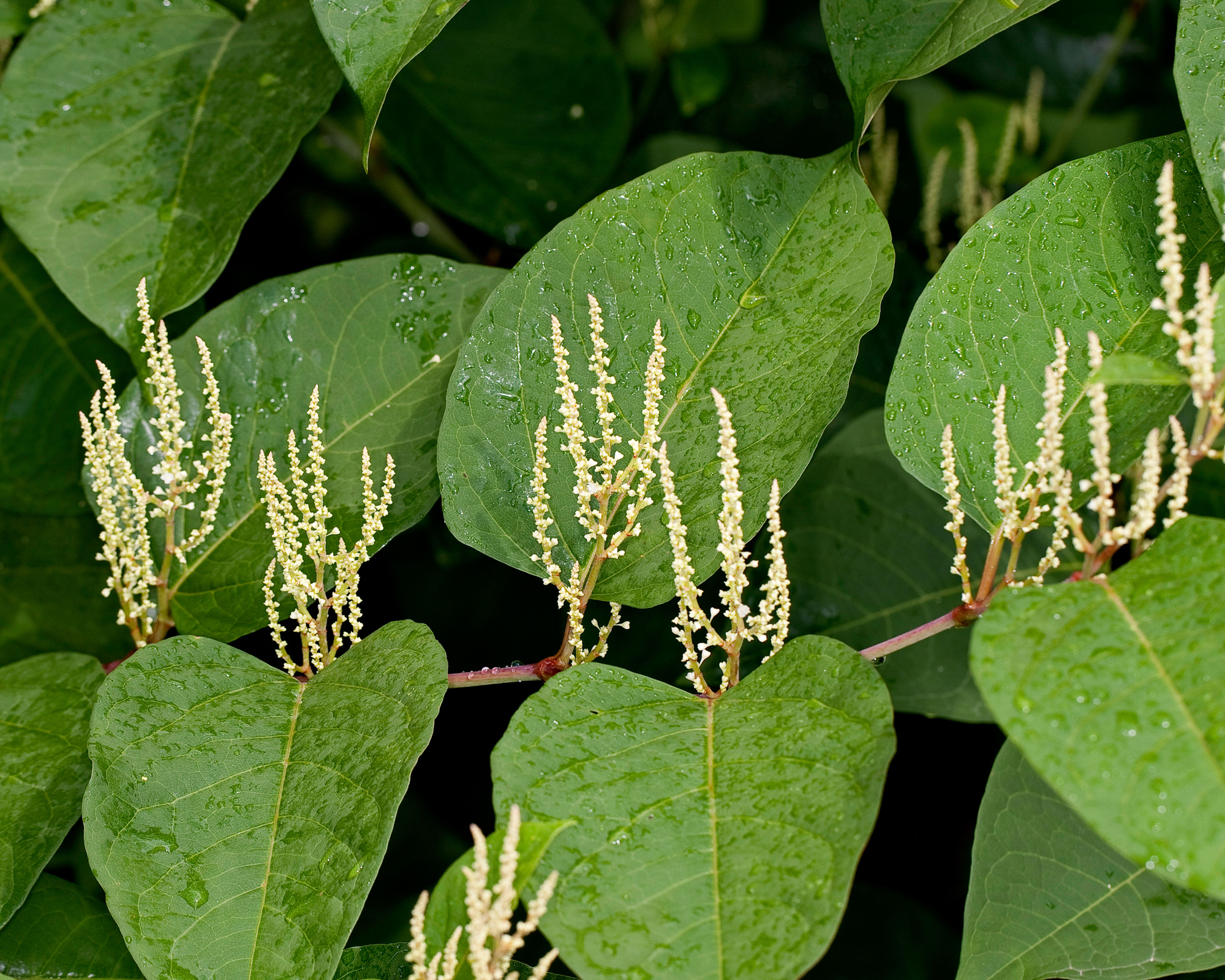UK gardeners are warned of a spike in Japanese Knotweed infestation cases
The hard-to-eradicate Japanese knotweed is infesting many areas of the country, study warns

UK gardeners are being warned that Japanese Knotweed infestations are increasing across the UK, with huge increases reported in northern England and other areas. Japanese Knotweed is notorious for spreading quickly, damaging watercourses and even building foundations. It's also known for being difficult to eradicate, able to completely regrow from just a thumbful of root.
Our comprehensive Japanese Knotweed guide will help you to explore options for removing this harmful weed from your garden. However, a recent study by Horticulture.co.uk shows that part of the problem is gardeners' inability to identify the plant. This means that many may have it on their property without even realising.
A five-year spike in cases

Japanese Knotweed blooming
Japanese Knotweed was first brought over to the UK from Japan, in hopes that it would help stabilise the soil along railway banks. We know now that it does anything but, its destructive roots growing so fast and spreading so far that they can actually damage soil and permanent structures.
It is unsurprising that the areas of the UK that are reporting the biggest spikes in Japanese Knotweed have industrial histories. South Yorkshire has suffered the biggest increase of over 77 per cent in the past five years, with over a thousand live cases. Hampshire and West Sussex have also seen huge increases of over 70 per cent, Kent and Powys over 60 per cent, and even the Welsh capital city of Cardiff has had an increase in cases of over 50 per cent.
A government programme to tackle the plant was proposed but abandoned back in 2015, due to what the government deemed to be a prohibitive cost of over £1 billion. Monitoring of the weed has also dropped due to the pandemic, allowing it to thrive.
Identifying Japanese Knotweed is key

New Spring shoots of Japanese Knotweed
Perhaps more worrying, a YouGov survey from July has revealed that one in twelve respondents had never heard of the plant, and almost half (47 per cent) were not able to identify it from a lineup of images. It is true that the heart-shaped leaves of Japanese Knotweed can look like other plants (some types of hydrangea, for example), but together with its spikes of fluffy, cream-coloured flowers, the plant is actually quite easy to recognise. It can also be identified by its fresh shoots in early spring – they are distinctive because of the red-and-green colouring.
If you find Japanese Knotweed in your garden, it's best to remove it as soon as possible. An infestation that damage your garden and home and is highly likely to affect any future house sale.
Anna writes about interior design and gardening. Her work has appeared in Homes & Gardens, Livingetc, and many other publications. She is an experienced outdoor and indoor gardener and has a passion for growing roses and Japanese maples in her outside space.
